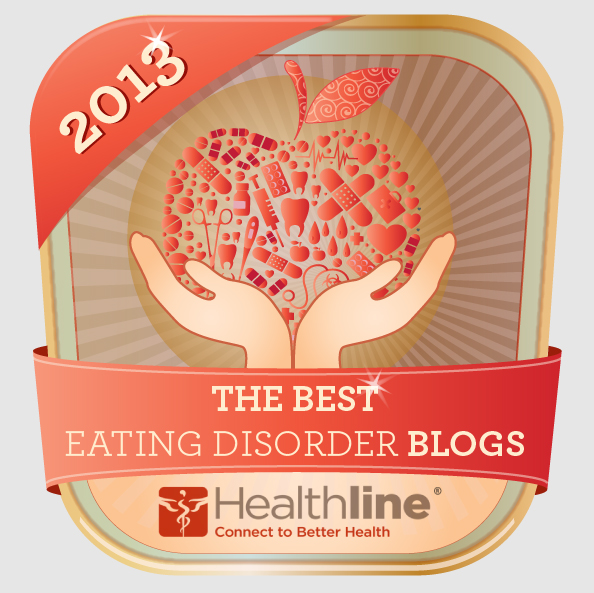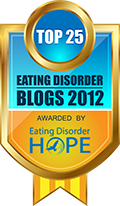Selective Eating Disorder may also be known as SED, picky eating, fussy eating, food phobia, selective eating, or perseverative feeding disorder.
SED is not listed as an official eating disorder in the DSM
SED is common in young people with autistic spectrum disorders, this is likely caused by Sensory Integration Dysfunction. It is also found with other special needs adolescents. It is commonly accompanied with severe refusal behaviors when non-preferred foods are presented. SED can be caused by an extra sensitive taste sensation caused by more Fungiform papilla than average, this is the most common cause of SED. It is also found in people with Obsessive Compulsive Disorder. People with the Autoimmune disorder Coeliac Disease are often picky eaters.
Wikipedia
Selective Eating Disorder affects both children and adults.
The cause of SED is unknown.
Contributing factors may include:
- early negative food association
- negative food experiences (such as; choking, acid reflux, gastrointestinal troubles)
- problem behaviors
- negative behaviors learned at the dinner table
- ASD
- Anxiety Disorder
- OCD (mild form)
One theory suggest that those with SED are 'super tasters,' who taste food more intensely than others.
It is unknown how many adults suffer from SED as most who suffer from this disorder go to great lengths to hide it. You can help by filling out this survey at Duke.
Typically, though food choices vary per person, foods deemed acceptable by many with SED are usually bland, refined foods, high in carbohydrates and, for some, on the salty side. Many with selective eating disorder deem foods such as french fries, cheese pizza, pasta, and often chicken fingers as acceptable.
Symptoms may include:
- an aversion to certain foods
- an aversion to certain food aromas
- an aversion to certain food textures fear of certain foods
- unwillingness to try new foods narrow range of foods deemed acceptable
- restriction is usually to 10 foods or less
- distress when presented with foods deemed unacceptable
- some restrict to allowing only certain food brands
- nausea/vomiting due to odor or texture of certain foods
Most with SED will show no outward physical signs and may appear healthy upon a physical exam.
Health Effects and Concerns include:
- loss of essential nutrients (due to limited food choices)
- malnutrition
- heart problems
- teeth health (if acceptable foods are high in sugar)
- gastrointestinal problems due to lack of fiber
- proper growth in children
- high blood pressure due to diet
- bone health
- obesity
Treatment for SED:
Treatment helps individuals both acquire and practice needed skills or to modify problematic behaviors. An essential aspect of treatment is educating individuals about their bodies: how their sensitivities make sense given their biological inheritance, learning histories, and natural tendencies. In addition, skills can be taught to help manage fears of certain necessary foods. Practice sessions are typically recommended, during which time new foods are tried in the therapy room, restaurants, or other common environments.
DukeHealth.Org
*The intention of The American Psychiatric Association is to make a final decision as to whether Selective Eating Disorders will be included in the next edition of the Diagnostic and Statistical Manual of Mental Disorders (DSM-V), 2013
Support Resources for Selective Eating Adults:
Picky Eating Adults
Empowered Parents
Fussy-Eaters
Picky Eating Adult Support Videos
See also: Selective Eating Disorder: SED
See sidebar menu for more Eating Disorders information and resources.
sources:http://www.livescience.com/10301-adult-picky-eaters-recognized-disorder.html http://www.emaxhealth.com/1506/picky-eating-common-autistic-children-may-be-nutritional-risk.html http://www.livestrong.com/article/496331-selective-eating-disorders-in-children/ http://uktv.co.uk/really/item/aid/614285 http://www.dailymail.co.uk/health/article-1293356/Fussy-eaters-classed-having-eating-disorder.html
picsource:http://www.flickr.com/photos/21560098@N06/4420104834/in/photostream/



 1 comments
1 comments



















